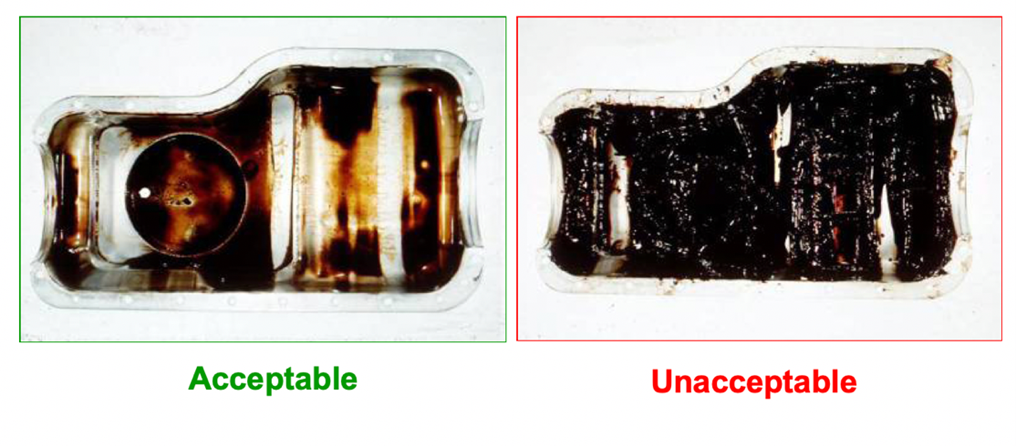Lubricants - The Insider's Guide
What is a Lubricant?
What is it made up of?
What do those Lubricant Ratings really mean?
This piece will help demystify oils and lubricants……
Each moving part in a machine requires some form of lubrication. Simply put, therefore, a Lubricant is a substance introduced between two moving surfaces to reduce friction and wear between them.
SO WHAT CONSTITIUTES A LUBRICANT?
Lubricating oil is a blend of base oils and additives - coming together like pieces in a puzzle
BASE OIL BASE OIL + ADDITIVES
Base Oils are petroleum products derived by distilling crude oil in a refinery. Additives are specialty chemicals added to base oils to improve/impart specific properties
Original Equipment Manufacturers' engineers always design their machines mindful of the type of oil needed. In most cases the oil required is characterised by a specification - usually a detailed technical document describing, in exact terms, the key pertinent properties of the oil.
The oil companies then determine how to make their products comply with said specification. Accordingly, the lubricant companies’ Research and Development departments work to determine the right mix of base oils and additives. This, once decided, is commonly referred to as the formulation or recipe.
First a blend of base oils is made. This base oil mixture - typically comprising about 70- 90% of the final product - largely defines the important physical properties, notably the lubricant’s viscosity (ability to flow) at different temperatures, which is usually selected to suit the dimensions and power of the machine it will be used in.
Additives are blended Into the mix, each of which imparts additional specific properties to the final oil. Some examples are:
- Anti-oxidants that prevent the oil from degrading under high temperatures.
- Anti-wear additives to protect metal surfaces from excessive wear caused by mechanical friction.
- Detergent and dispersants, used to keep the machine clean and suspend dirt particles in the oil, so they can be trapped in a filter.
These important chemical additives are used from several parts per million to a few percent. They have to be added in precise quantities, even too much of one additive can impair the function of another, so getting the blend’s composition just right is important.
THE EFFECTS OF GOOD AND BAD QUALITY ENGINE OILS - SOME EXAMPLES:
Sludge Control
Corrosion Protection
WHAT DO THE VARIOUS RATINGS MEAN?
Lubricants come in different grades of viscosity - ie. how easily they flow - Monograde and Multigrade. Their rating tells you how they are designed to work in different conditions. Ratings are devised by the Society of Automotive Engineers - hence the SAE letters at the beginning of an oil rating.
Monograde oils tend to be used over a relatively small temperature range. They break down into two categories: those with a W and those without.
The W stands for Winter and these are lower viscosity oils because, the lower the viscosity, the less hard the oil pump has to work during start-up - so the W ranges tend to be from 0-25: eg SAE10W
Oils for Summer don’t have a W and they tend to be thicker to ensure the engine is properly sealed and protected during warmer months - so, for example: SAE50
Most oils commonly in use are
Multigrade - something which Motul brought to the automotive market in the 1950s, shepherding in oils for the modern era of vehicles.
Multigrade designations are a logical progression from Monogrades in terms of designation. So if you encounter SAE10W50, the first number before the W indicates the Winter viscosity grade and the number after represents the Summer viscosity grade.
It is crucial to use the correct manufacturer specification of oil. Owner’s manuals will have the correct oil specification for the machine in question. Industry tools and online lubricant advisors can also help you locate the correct grade and specification.
Simple!
SAE VISCOSITY: GRADES OF OILS vs EXTERNAL TEMP

For further information check out any of our Partsformachines Lubricant suppliers websites:
Castrol:
www.castrol.com
Gulf:
www.gulfoilltd.com
Shell:
www.shell.co.uk
Q8:
www.q8oils.com





